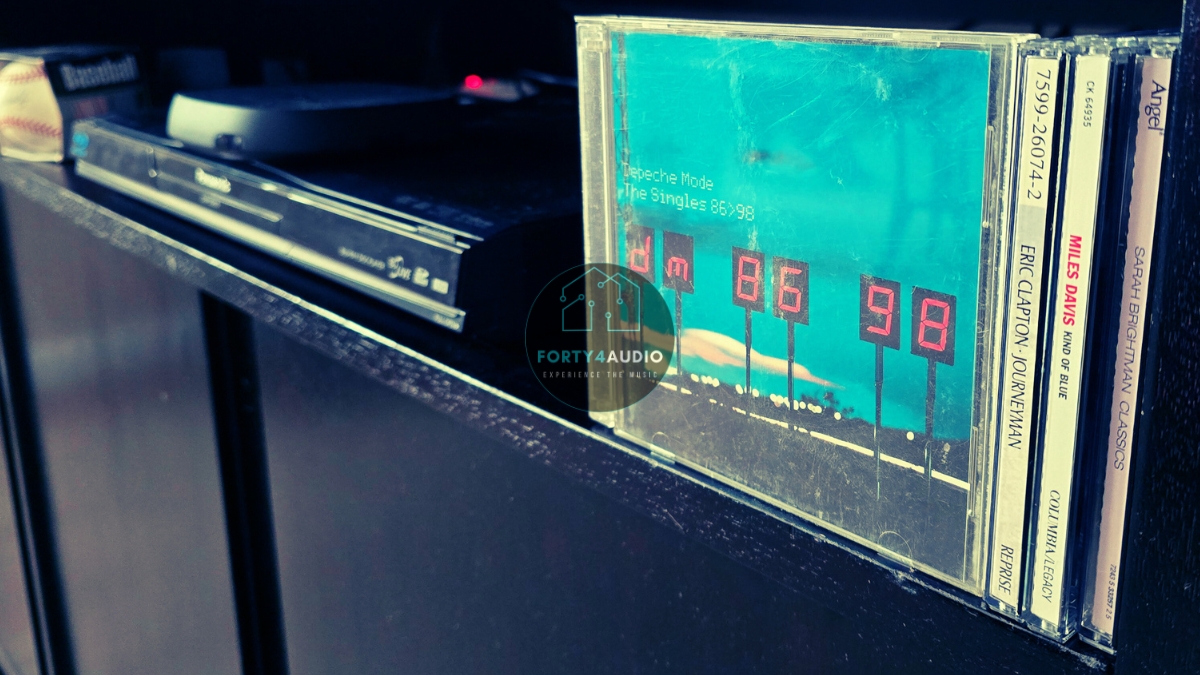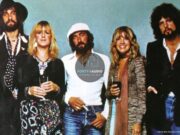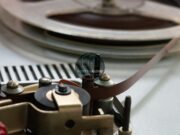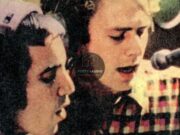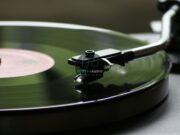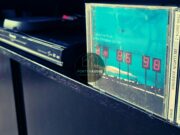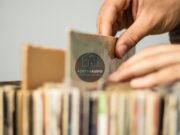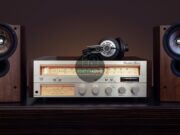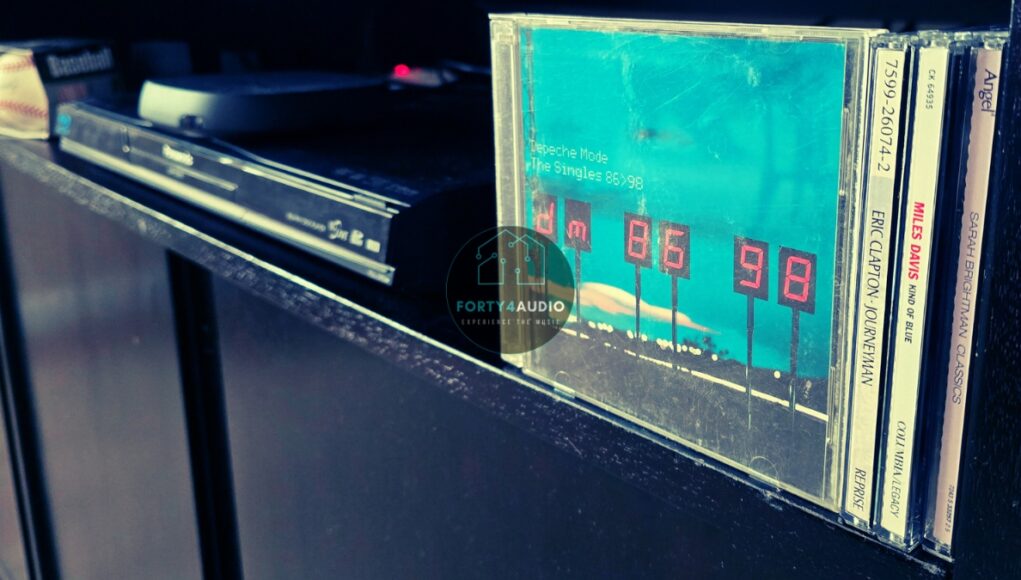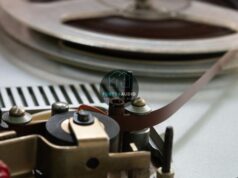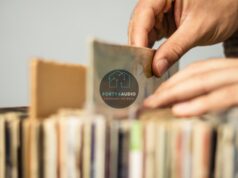For some, compact discs are a relic of the ’90s – a shiny memory of the Walkman era. For others, they’ve become collectible treasures lining shelves beside records and cassettes. But for me, and a growing number of listeners who crave more than background sound, CDs remain the most complete way to experience music.
The compact disc is now over forty years old, having first arrived in 1982 when Sony and Philips unveiled a format that promised perfect sound forever. The first commercial CD was Billy Joel‘s “52nd Street,” pressed in Japan and launched a global shift in how we listened. Its digital clarity stunned both audiophiles and artists. At that time, the CD felt like a spaceship landing in the analog age.
Four decades later, this format is seeing a quiet resurgence. New players from brands like Marantz and Cambridge Audio are appearing in hi-fi stores again. Record shops are dedicating more shelf space to CD reissues and box sets. Collectors are rediscovering their value. And most importantly, people are realizing that music collecting and deep listening thrive best when sound is tangible – when it lives in your hands, not behind a subscription screen.
So why do I still buy CDs in 2025? The answer begins with sound.
Why CDs Still Sound Better Than Streaming or Vinyl
When we talk about CD sound, we’re really talking about uncompressed fidelity – music in its purest, most accurate form. A standard audio CD holds 16-bit, 44.1kHz PCM data. That translates to a bitrate of 1,411 kilobits per second (kbps). Compare that to a 320 kbps MP3 or even a “high-quality” Spotify stream, and you begin to see how much detail gets stripped away in compression.
On a CD, every subtle breath of a vocalist, every brush of a snare, every bass resonance lives in full definition. There’s no digital smoothing or lossy shortcut. That accuracy is why professional mastering engineers still use CD-quality WAV files as a benchmark – not because they’re nostalgic, but because they’re scientifically clean.
Many assume vinyl sounds “better” because it feels warmer. What’s often mistaken for warmth is actually distortion – harmonic coloration caused by the physical limitations of the medium. It’s pleasant, but not pure. CDs reproduce sound exactly as recorded, with none of the surface noise, inner-groove distortion, or frequency loss that comes from vinyl playback.
The origin of the 74-minute CD capacity itself is a piece of music history: it was chosen to fit Beethoven‘s Ninth Symphony without interruption. That detail captures the philosophy behind the format – a commitment to musical completeness.
What makes this conversation fascinating today is how modern CD players have evolved. Companies like Rega, Yamaha, and NAD have integrated state-of-the-art digital-to-analog converters (DACs) that extract even more musical depth from old discs. So, while the technology is decades old, it’s performing better than ever.
If you’ve ever played a favorite album on CD and noticed instruments you never heard in a stream – that’s not nostalgia talking. That’s fidelity you’ve been missing.
CDs as Collectible Art You Can Hold
There’s something deeply satisfying about holding music. A jewel case, booklet, and printed lyrics offer a kind of connection that pixels can’t. CDs are more than plastic and aluminum – they’re tangible memories.
Collectors often talk about “the feel” of flipping through albums, the quiet ritual of selecting one, opening the case, and pressing play. Each CD is a time capsule. You see the design choices, the liner notes, the band photography – all the details that frame how an album was meant to be experienced.
CD booklets are an underrated form of storytelling. From Radiohead‘s cryptic OK Computer inserts to the raw studio photos in Nirvana’s In Utero, they reveal the artistry that surrounds the music. Many of those materials never made it online. And for collectors, the CD era also created some of the rarest and most intriguing physical editions in modern music.
A few examples:
- The Japanese SHM-CD (Super High Material CD) series uses a different polycarbonate for improved laser transparency, believed by some to enhance playback clarity.
- SACDs (Super Audio CDs) offer higher bit-depth and surround sound layers, a niche for serious audiophiles.
- The rarest CD ever sold, Michael Jackson‘s “Smile” single from 1997, reportedly fetched over $2,000 due to its limited release before being withdrawn.
These aren’t just curiosities; they’re pieces of musical heritage. Owning them means preserving the physical narrative of an artist’s journey.
Streaming offers convenience. CDs offer belonging.
When I scan my shelf, I see a lifetime of moments – the first album I bought with my own money, the CD my friend burned me in college, the special edition box set that arrived on release day. Each one holds more than songs. It holds a story.
Owning Music Means Freedom
When I buy a CD, I own that album completely. No licenses, no algorithms, no expiration date. I can play it in a car, rip it to lossless digital files, store it for decades, and still have access no matter what happens to the streaming catalog next month.
Streaming is a rental agreement disguised as convenience. One licensing dispute, and a favorite album can disappear overnight. Artists frequently remove or reissue tracks due to sample clearances or contract shifts. Even big names like Taylor Swift and Prince have had stretches of time when large parts of their discographies were unavailable online.
Meanwhile, my CDs have outlasted entire tech eras. Some discs I bought in the early ’90s still play perfectly today. Despite fears of “disc rot” – an oxidation issue in some early pressings – the vast majority remain pristine, readable, and fully functional.
Ownership also protects listening privacy. When you play a CD, no algorithm studies your habits. No app decides what to play next or interrupts you with ads. It’s just you, the artist, and uninterrupted sound.
That autonomy is worth something. In a world obsessed with access, there’s value in possession – in knowing that your music can’t be taken away, modified, or compressed for convenience.
Owning music in physical form is quiet rebellion. It’s choosing permanence over trend, quality over quantity, and intentional listening over background noise.
The Reliability of Offline Music
Streaming needs a connection. CDs don’t.
That’s a bigger deal than most realize. Whether you’re on a road trip through rural highways, living in an area with weak coverage, or simply conserving data, CDs guarantee playback without dependency on signal strength. They never buffer, never pause mid-chorus, and never crash because of a software update.
For millions of cars still equipped with CD players, it’s a built-in archive of music independence. Even as automakers phase out optical drives, portable CD players and hi-fi transports are making a comeback among audiophiles and travelers alike.
A curious piece of trivia: NASA astronauts once took CDs aboard shuttle missions. The format performed flawlessly in zero gravity, a testament to its durability. Streaming would’ve been impossible in space, but a compact disc spun just fine above Earth.
Offline access also encourages full-album listening. When you put on a CD, you tend to experience it front to back, as it was sequenced. You don’t skip around based on mood or playlist – you listen intentionally. That’s how artists imagined their albums to be heard, as journeys rather than disconnected singles.
In that way, CDs help restore something streaming culture eroded – patience, context, and narrative.
CDs Are Affordable, Accessible, and Full of Hidden Gems
There’s a surprising economic advantage to collecting CDs right now: they’re the best value in physical music.
While vinyl records are commanding premium prices – often $30 or more for a single album – new CDs regularly sell for less than half that, and used copies often cost less than a cup of coffee. Entire collections can be rebuilt from thrift stores, record fairs, or online marketplaces like Discogs and eBay for next to nothing.
This affordability makes rediscovering albums easier than ever. You can take a chance on an artist you’ve never heard, or replace scratched favorites without guilt. And because the CD market has flown under the radar for years, it’s filled with rare pressings and out-of-print titles that never made it to digital services.
Many albums from the 1980s and 1990s were released only once on CD and never reissued. Some indie artists and early electronic acts never transitioned to streaming platforms, leaving their original discs as the only surviving format. For collectors, finding these forgotten releases is a bit like musical archaeology – uncovering pieces of history that might otherwise vanish.
Even within familiar catalogs, CDs often contain bonus tracks, hidden songs, or alternate mixes unavailable online. Remember those secret tracks that played after several minutes of silence? They still live there, waiting to surprise you again.
When you hold a used CD, you’re not just saving money. You’re reviving something that deserves to be heard again.
The Compact Disc Is Quietly Making a Comeback
Despite endless predictions of its demise, the compact disc refuses to fade away. In fact, it’s gaining traction.
Recent reports show that global CD sales have increased for multiple consecutive years. Physical media overall is finding new audiences – collectors, young listeners discovering the format for the first time, and artists who want to create tangible connections with fans.
Taylor Swift‘s recent albums continue to top CD charts worldwide. Metallica and The Weeknd still release deluxe CD editions alongside vinyl and streaming drops. Even experimental artists are embracing limited-run CDs as collectibles, pairing them with art prints, zines, or immersive packaging that streaming can’t replicate.
On the hardware side, manufacturers are taking notice. Marantz, Yamaha, and Audiolab are producing modern CD players with USB and Bluetooth integration, bridging analog roots with digital flexibility. Audiophiles are rediscovering standalone transports paired with high-end DACs – devices that extract every micro-detail from the disc’s digital data.
There’s also a cultural shift happening. Just as vinyl became cool again for its tactile nostalgia, CDs are gaining recognition for their purity and accessibility. They represent a balance between fidelity and convenience – more accurate than vinyl, more permanent than streaming, and more affordable than both.
And while vinyl requires cleaning, maintenance, and perfect storage conditions, CDs remain remarkably durable. A well-kept disc can play perfectly after decades, and even minor scratches rarely affect playback thanks to built-in error correction – a feature designed by Philips engineers in the early 1980s with lasers, not needles, in mind.
This year also marks 43 years since the compact disc’s commercial launch. That anniversary is more than a milestone – it’s proof of endurance. Formats come and go, but few have lasted this long while remaining both practical and emotionally resonant.
Why Owning and Listening to CDs Still Feels Better Than Streaming
Streaming offers near-infinite access but no ownership. It gives you endless playlists but rarely a full experience. CDs remind you what it’s like to listen with intention.
There’s something ritualistic about selecting an album, pressing play, and letting the sequence unfold exactly as the artist designed. No shuffle. No algorithm choosing your next track. Just one story, beginning to end.
When you listen this way, albums regain their weight. Transitions matter. The space between songs matters. You start to understand the choices behind track order, the dynamic range, the emotion that builds from first note to last.
Owning physical music also changes the relationship you have with it. You’re no longer a passive consumer but a participant – someone who invests in sound, memory, and presence.
For me, the difference is emotional. Streaming fills silence; CDs create moments. Streaming is instant; CDs are intentional.
That difference defines what forty4 Audio celebrates – the journey, the memory, the movement behind the music. Because music isn’t just sound; it’s a living connection that deserves more than compressed convenience.
The Personal Connection That Never Fades
I remember the first CD I ever bought – H2O (Maneater) by Hall & Oates. I played it on a cheap Sony Discman with over-ear foam headphones, and even then, the clarity stunned me. Decades later, I can still hear how that album sounded on CD – the shimmering guitars, the air in their voices, the space between the notes.
That memory is as much about the sound as the moment itself. It’s proof that physical music builds emotional landmarks.
When I look at my shelf today, I see not only albums but years of experiences: road trips, late-night discoveries, shared listens with friends. Each disc is a bookmark in my musical life.
And that’s something no streaming service can store.
Continuing the Journey Through Music
If you’ve read this far, you’re likely the kind of listener who values connection over convenience, truth over trends. CDs offer a way to experience that connection – pure, personal, and permanent.
So dust off your old player. Revisit the albums that shaped you. Hunt for the rare discs that never hit the cloud. Let yourself hear music the way it was meant to be heard: fully, freely, and without filters.
At forty4 Audio, we celebrate that journey. Every story, every album, every piece of gear tells us something about what music means – to sound, to memory, and to life itself.
Join the forty4 Audio community and keep exploring the soul of recorded sound. Rediscover the art of listening, one album at a time.
Because long after playlists fade and formats evolve, one truth remains – the compact disc still sounds incredible. And maybe that’s reason enough to keep pressing play.
